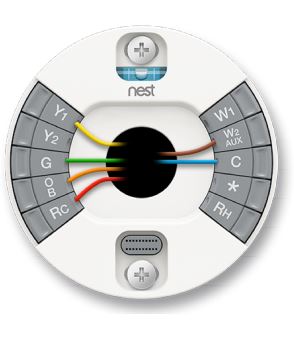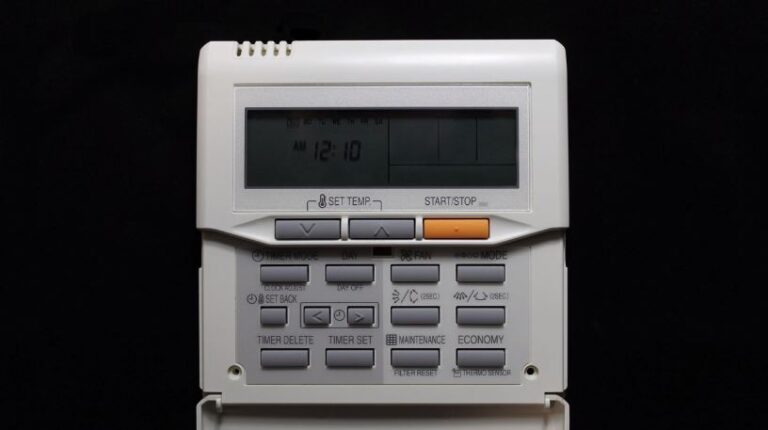Heat Pump Emergency Heat Not Working [Fixed]
Is your heat pump Emergency Heat not working? Don’t worry because in this guide, we’ll provide you with tips to help you diagnose and resolve the issue.
When your heat pump’s Emergency Heat is blowing cold air or is simply not working, it can be quite frustrating, especially during the colder months when you rely on your heating system the most.
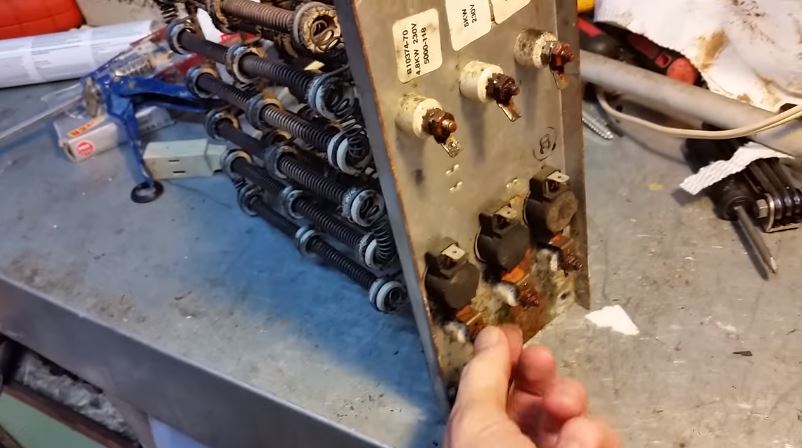
However, before you call a professional technician, there are some steps you can take to pinpoint the problem and fix your Emergency Heat.
Let’s look at the possible causes and solutions in the chart below;
Read also: Honeywell thermostat em Heat Explained
Emergency Heat Not Working (Causes and Fixes)
| Possible Cause | Fix |
| Tripped Breaker (40 am) | Flip back the breaker switch |
| System misconfiguration/ Wiring Issue | Secure thermostat wires |
| Blown thermal Fuse | Replace fuse |
| Thermal limit switch | open |
| Bad sequencers | Replace the sequencers |
| Aged heat strips | Replace heat strips |
System Misconfiguration or Wiring Issue
The first thing you want to do is check if your system is configured to your type of system and it is properly detecting the wires connected. On many programmable thermostat you will typically be able to see the wires that your thermostat can detect.
If you are using a Nest thermostat for example, here is quick way to check
Go to MENU and select, Rotate Ring until you reach EQUIPMENT and select.
You should see the back plate and which wires are detected by the Nest.
. You should see Rc, Y, O/B, G, C, and AUX.
Also make sure you correctly set the O/B orientation settings. to Energize the reversing valve to turn the heat pump into heat mode.
Read also: What is Nest Emergency Heat EMER?
Tripped Breaker (40 amp)
Another place you would have to check is the breakers in the air handler.
Many heating strips are typically equipped with the 40 amp breakers. Check if they are tripped and reset them accordingly.
However, if the breaker trips it may mean there was an electrical overload or short circuit that disrupted the power supply to the heat strips.
To fix the problem, check the breaker box and reset the tripped breaker or replace the blown fuse. If the breaker continues to trip, there may be an underlying wiring issue or an excessive load on the circuit. In that case, it won’t be a bad idea to consult a professional electrician..
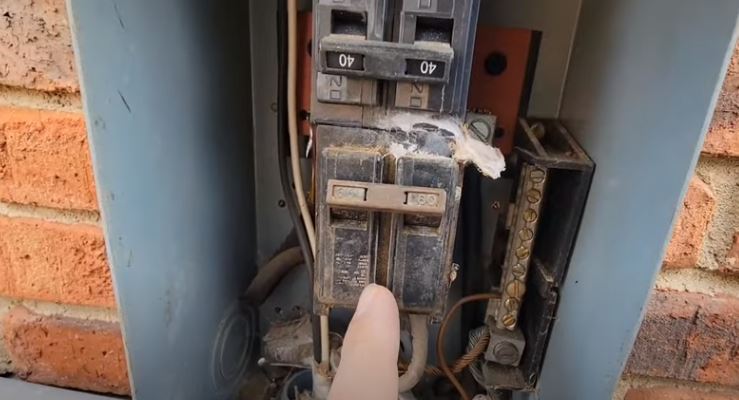
Blown Thermal Fuse
A thermal fuse is a safety device that cuts off power to the heat strips if they overheat. If the thermal fuse is blown, the heat strips won’t receive power.
A Typical thermostat fuse for your heat strips will typically look like the one in the image below.
Locate the thermal fuse and test it using a multimeter. If it’s blown, replace it with a new one of the same specifications.
It’s important to also investigate why the fuse blew in the first place, as it could be due to an underlying issue such as restricted airflow or a malfunctioning sequencer.
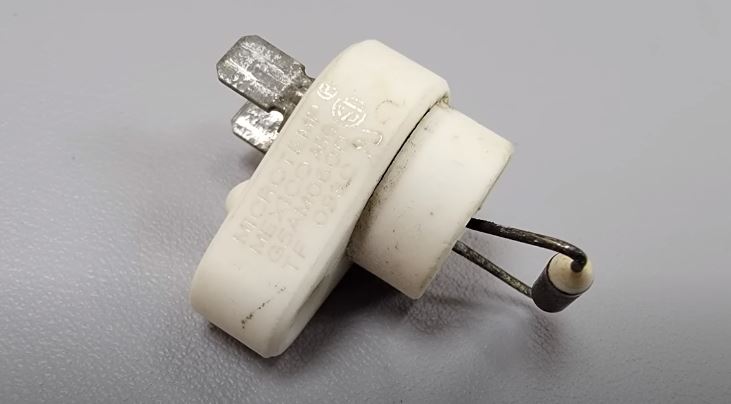
Read also: What is Auxiliary Heat on Honeywell thermostat
Aged Or Burnt out Heat Strips
Over time, heat strips themselves can wear or burn out. Rust and other objects can also build up on the electrical components in the air handler and this could open the electrical circuits and cut current to the heat strips.
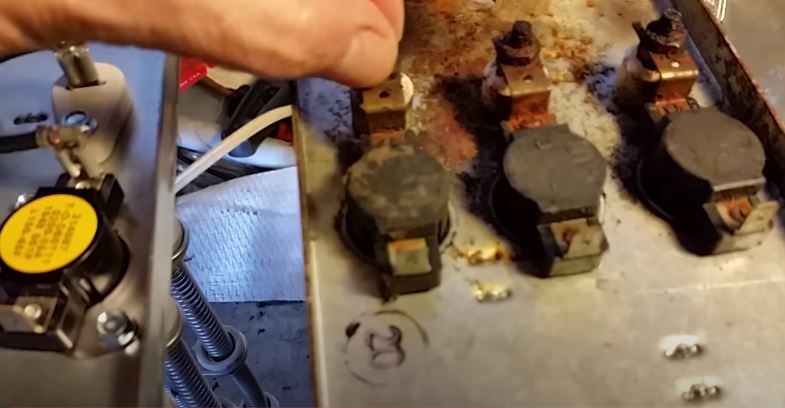
And other times everything could look right but the heat strips could be burnt out.
Use a multimeter and carefully check the resistance between the strips. You will normally record 15 ohms for working heat stips and about 0 for defective ones.
The best way to fix burnt out heat strips is to replace them with new ones.
FAQ
Why is Emergency Heat Blowing Cold Air?
If you have just switched to Emergency heat and it’s blowing cold air, that is normal, it may take up to 5 minutes for warm air to start blowing out for the vents.
If 5 minutes releases and EM continues blowing cold air. Use the tips we have to troubleshoot Emergency heat that’s not working.
Read also: Carrier furnace light blinking 3 times
How to test Emergency Heat on heat pump
During the fall it’s important to test your heat pumps emergency heat on auxiliary heat. It’s a good thing to go ahead and test it early to make sure it’s working and also to burn the dust off.
It will also ensure that your home is kept adequately warm in the event that it gets too cold outside or your heat pump fails.
To test emergency heat on your heat pump;
Go to your thermostat and switch your thermostat to em heat and crank up the temperature let’s say at 70.
Wait for at least 5 seconds and feel the air that is blowing out of the vents.
If the air coming out of the vents is warmer and has a burning smell then most likely your emergency heat is working.
However this method of testing can be cumbersome especially if your heat pump has been wired to work in parageller with heat trips.
What is the drawback of emergency heat?
The drawback of Emergency Heat is its high energy consumption and cost.
While it provides quick warmth in extremely cold conditions by using electric resistance heating , it is significantly less efficient than the primary heat pump operation.
That consequently leads to higher utility bills and environmental impact.
When does a heat pump switch to emergency heat?
Note that a heat may have emergency heat and auxiliary heat. They typically both utilize secondary heating such as heat strips.
While the heat pump will automatically switch to auxiliary heat when the temperature falls below the compressor lockout.
You are required to manually switch your heat pump to emergency heat when you need it.
Final thoughts
To wrap up, I hope that you are able to figure out why your emergency heat is not working. If you are still unsure about the cause of the problem.
I strongly recommend that you call in a local HVAC professional for help.
Thanks for reading.
More resources: https://valleyservice.net/blogs/em-heat
![Low Suction Pressure High Head Pressure [Causes + Fixes]](https://thermostating.com/wp-content/uploads/2022/11/refrigerant-guage-768x386.png)
![White Rodgers Thermostat Keeps Resetting to 85 [Fixed]](https://thermostating.com/wp-content/uploads/2023/02/white-rodgers-thermostat-768x395.png)
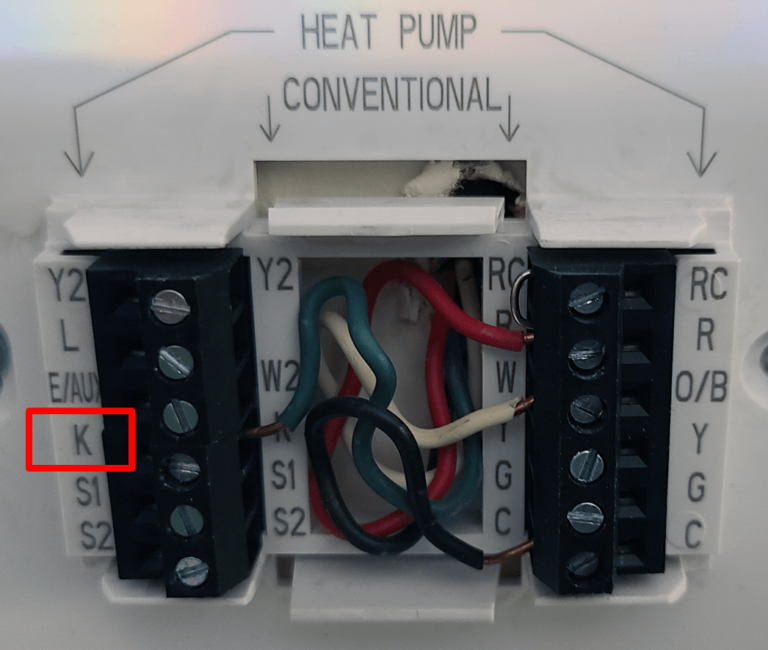
![How to Reset Emerson/White Rodgers Thermostat [Full Guide]](https://thermostating.com/wp-content/uploads/2023/07/1f80.webp)
